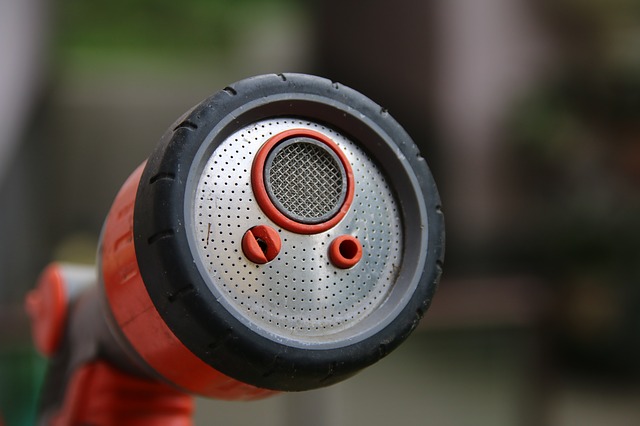As the temperatures rise, you may have already started your spring yard cleanup. If you haven't already done so, it's time to start spring cleaning your Minneapolis backyard pond. You'll want to start early and before the water temperature hits 55 degrees Farenheit. Cleaning after this time can produce unwanted bacteria that will be challenging to get rid of.
So what do you need to do to start your spring cleaning? We got several helpful steps to have you sitting in that hammock and enjoying your pond.
1. Gather your tools
Every good spring cleaner starts with some basic tools. These tools will come in handy as you complete the cleaning process. Make sure you gather:
Clean out pump
Waders or boots
High pressure nozzle for your garden hose
Bucket for debris
Extra buckets if you have fish
2. Drain your pond
Once you've gathered your tools, it's time to drain your pond. If you have fish, you'll want to collect them and transfer them to a bucket with the old pond water before pumping.
3. Clean up pond bed
Once pond is empty, you'll want to clean the pond bed. Remove any debris that has collected over the winter and trim any pond plants.
4. Wash your pond
Use a high pressure nozzle on your garden hose to clean the pond. You'll want to wash rock beds and filters. Watch for water to start running clear. You can drain the dirty water with the pump again.
5. Wash and inspect filters
Now that the pond is drained, it's time to wash and inspect your filters. You'll want to make sure you don't over clean as some bacteria makes for a healthy pond ecosystem. Now is the time to replace filters as needed.
6. Plan for future algae
While some algae is beneficial for your pond, too much is not a good thing. You can clean algae naturally by adding shade to your pond with lillies and water hyachinths. Waterfalls are also a good addition to oxygenate your pond.
7. Refill and test your pond
Refill your pond with a garden hose. You'll want to test the water once filled. Your ammonia and nitrate levels should be at 0. Your pH levels should be between 6.6 and 8.4. You can slowly add your fish back to your pond (as long as your water tests pass) by floating buckets with fish and old pond water on top of your pond first. Next add a little new pond water to their bucket. This will acclimate them to new water temperature until they are ready to be returned to the pond.
8. Know when to call the pond doctor
If you feel that you may need some extra help with spring cleaning or you would prefer spending your spring relaxing, call the pros. Contact Tim the Pond Doctor online or simply call 763-742-7948.





